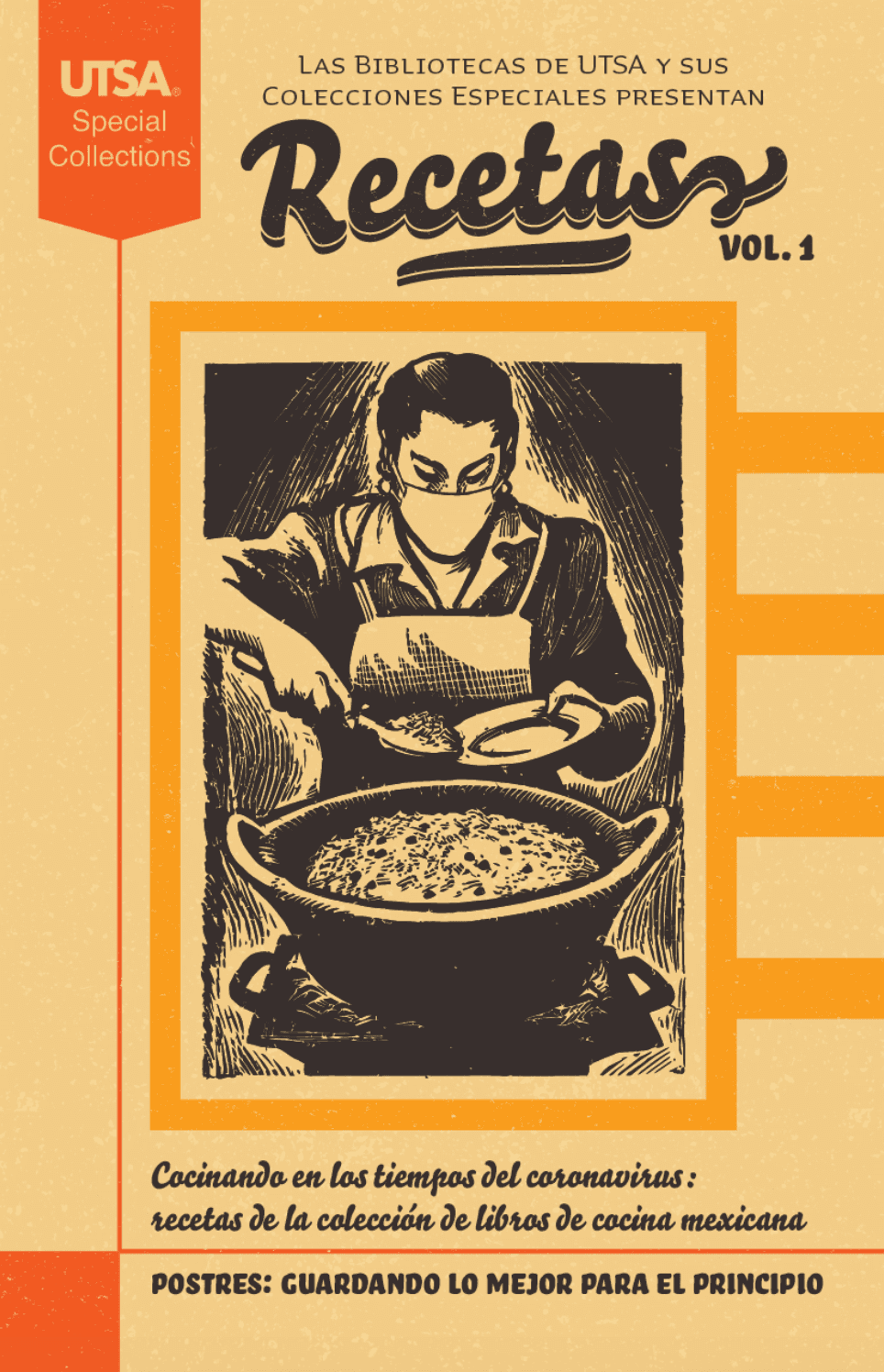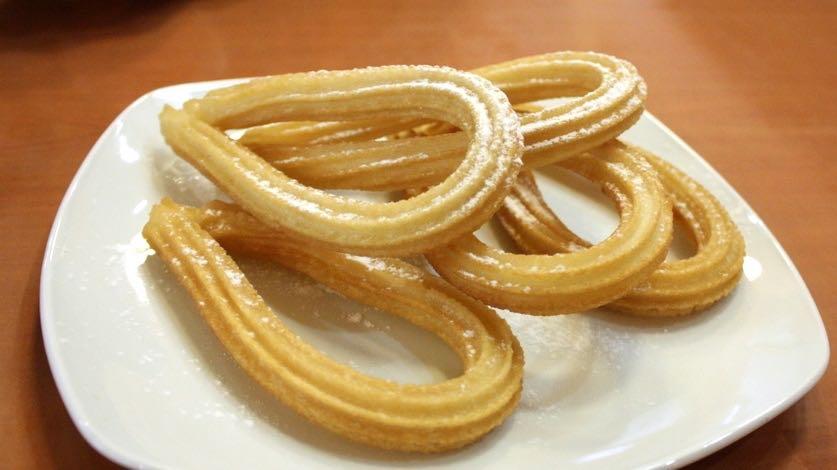Old Mexican recipes going as far back as the 1700s made available during lockdown as e-books
Maybe somewhere in your kitchen, you have a handwritten recipe passed down from your mother or grandmother.
If so, you’ll appreciate a new project at The University of Texas at San Antonio.
Related: ‘Bardcore’ trend sees modern pop songs reimagined with a medieval twist
The university is home to the largest collection of historic Mexican cookbooks in North America — some dating back to the 1700s, including many handwritten manuscripts.

Now, the library has compiled collections of recipes from these books and is releasing them online as free e-books so home cooks can discover them during lockdown.
Their first e-book in the series, “Postres: Guardando Lo Mejor Para El Principio” (“Desserts: Saving the Best For First”) is online now. Other e-books focusing on main dishes and drinks and appetizers are forthcoming. Recipes are available both in Spanish and English.
Chef Rico Torres, co-owner of the acclaimed restaurant Mixtli in San Antonio, wrote the forward for the “Postres” e-book.
“When I got to actually see the collection, especially some of the earlier manuscripts … they were, in of themselves, a work of art. They’re so beautifully written,” he said. “The language changes, the spelling sometimes changes throughout the century, but a lot of times the recipes aren’t changing. For us, it was very important to see how the foundation of the cuisine itself is still rooted in chiles, and tomatoes and a lot of the ingredients that are indigenous to the area.”
Related: This Mexico City architect transformed an empty public square into a storytelling stage
Amy Rushing, the assistant dean for special collections at UTSA, says there is a lot to learn from the cookbook collections about the lives of the people who wrote them or used them. Some of the books include recipes clipped out of newspapers, for example, or compiled in notebooks that appear to have once been used for a different purpose.
“You really start to see an interesting window into domestic life, and perhaps how women were learning to cook, what their favorite recipes were, and of course, some of them have little splashes of food on them, so, you know they were well-loved and used.”
“You really start to see an interesting window into domestic life, and perhaps how women were learning to cook, what their favorite recipes were, and of course, some of them have little splashes of food on them, so, you know they were well-loved and used,” she said.
Check out two of the recipes from “Postres” below.
HELADO DE NARANJA CON LIMA (ORANGE AND LIME ICE)
8 cups of water
8-9 oranges
2 limes
2 ½ cups of white sugar
Dissolve 2 ½ cups of white sugar in 8 cups of water.
Select 8-9 oranges and 2 limes.
Clean them with a napkin and scratch the peel of the most fragrant and least bitter oranges.
Split them in two and place the peels between your thumb and forefinger to break the vesicles containing the juice.
Placing the peels between two palms, squeeze in the opposite direction to break the cells that contain the essential oil globules, which reside in the yellow rind.
Strain the liquid through a sieve and store in a cool place.
(Recipe from Recetas Vol. 1, POSTRES: GUARDANDO LO MEJOR PARA EL PRINCIPIO, published 2020, courtesy of UTSA Libraries Special Collections.)
CHURROS
1 part flour
1 part water
1 teaspoon salt
2 tablespoons of sugar or powdered sugar
Lard for frying
Heat a glass of salted water very hot.
When it boils, add an equal quantity of flour to the amount of water you used (according to how many churros you want).
Beat the mixture over the heat very well, and then use a mold to squeeze out the dough and fry in lard, and then sprinkle with sugar.
(Recipe from Recetas Vol. 1, POSTRES: GUARDANDO LO MEJOR PARA EL PRINCIPIO, published 2020, courtesy of UTSA Libraries Special Collections.)
